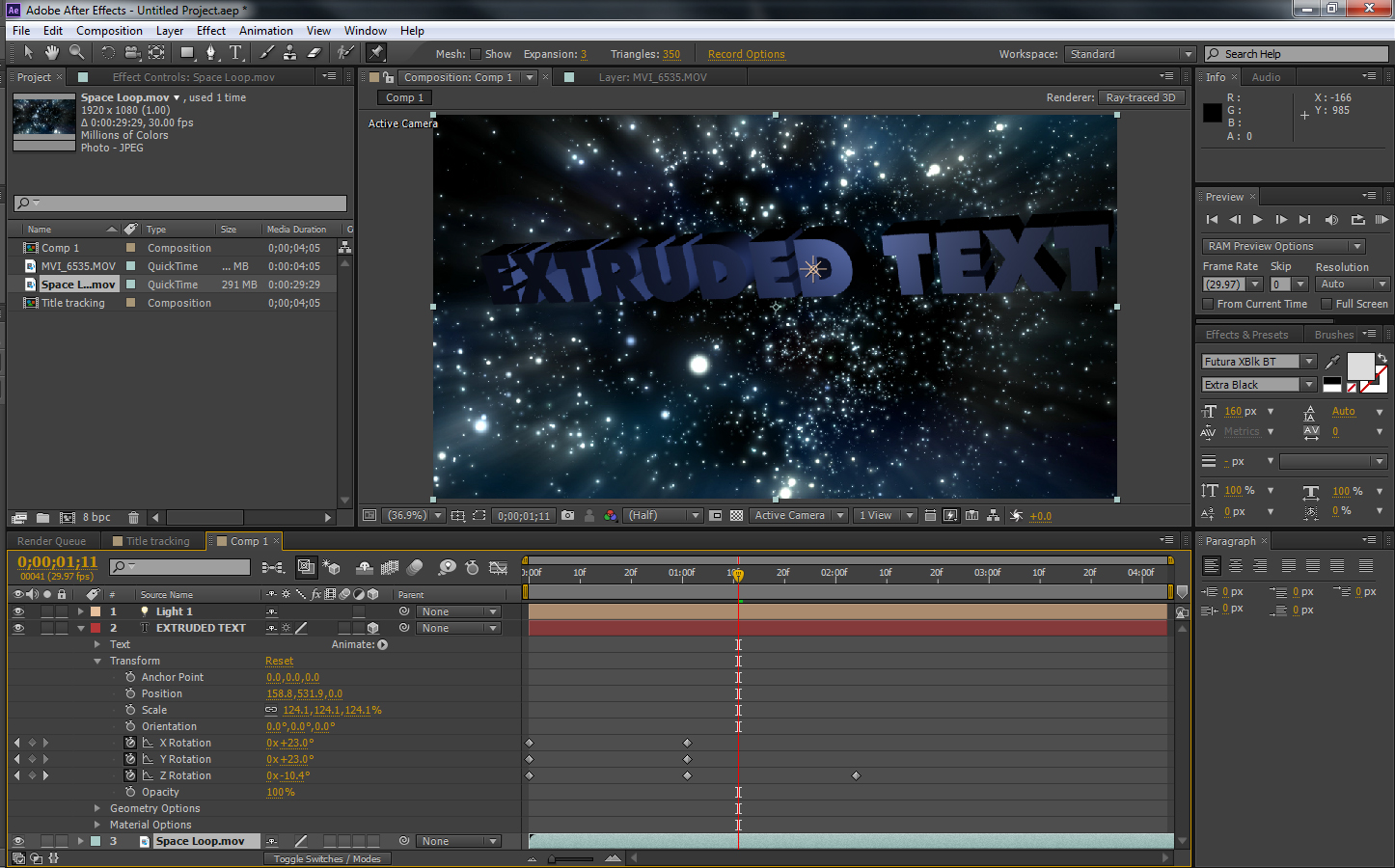
- Adobe after effects cs6 slow motion drivers#
- Adobe after effects cs6 slow motion driver#
- Adobe after effects cs6 slow motion pro#
Adobe after effects cs6 slow motion pro#
That’s fine on a standard 4-core system (like an iMac or Macbook Pro) you need 2-4GB more for each additional core (the current Mac Pro can have 4, 6, 8, or 12). On a system with 16GB of memory, that leaves 11GB for After Effects. Have enough RAMĪfter Effects makes intensive use of physical memory (RAM). The system itself (OSX or Windows) needs 4 or 5 GB without any other graphics applications open, so 16GB is minimal.
Adobe after effects cs6 slow motion drivers#
Beyond After Effects itself, make sure third-party plug-ins and system drivers (in particular, for the GPU) are up to date. If you’re stubbornly holding on to that copy of After Effects CS6, that’s that. With a Creative Cloud subscription, updates are waiting in the menu bar. Update the system, software, drivers, and plug-ins There’s even one official Adobe recommendation I disagree with (see number 7). Most of them matter a lot less than just a few presented here. We’ll focus on the essentials that will get your preview renders, and final output moving faster so you can finish earlier. Let’s make After Effects faster by making sure your system itself is optimized, and by eliminating common slowdowns in a given project.Īdobe provides thorough information on this topic, but there are way more than 12 steps for recovery of speed on that page. Selecting a region changes the language and/or content on you have the sense that After Effects could be… speedier. If you use Bezier interpolation, you can adjust the rate of change even more precisely using direction handles. For example, it is difficult to make a value change smoothly through a keyframe when the keyframe is set to Linear interpolation, but you can switch to Bezier interpolation at any time, which provides a smooth change through a keyframe. The interpolation type applied for a keyframe. You can adjust the rate of change by increasing or decreasing the value of a layer property at a keyframe. A large difference between keyframe values, such as the difference between 75% and 20% opacity, creates a faster rate of change than a smaller difference, such as the difference between 30% and 20% opacity. The difference between the values of adjacent keyframes. You can adjust the rate of change by moving keyframes forward or backward along the timeline. If the interval is longer, the layer changes more slowly, because it must make the change over a longer period of time. The shorter the time interval between keyframes, the more quickly the layer has to change to reach the next keyframe value. The time difference between keyframes in the Timeline panel.
Adobe after effects cs6 slow motion driver#


Managing and animating shape paths and masks.Animation, keyframing, motion tracking, and keying.Cameras, lights, and points of interest.Remove objects from your videos with the Content-Aware Fill panel.Use Offset Paths shape effect to alter shapes.Shape attributes, paint operations, and path operations for shape layers.Paint tools: Brush, Clone Stamp, and Eraser.Overview of shape layers, paths, and vector graphics.Replace images and videos in Motion Graphics templates and Essential Properties.Work with Essential Properties to create Motion Graphics templates.Use expressions to create drop-down lists in Motion Graphics templates.Work with Motion Graphics templates in After Effects.Examples and resources for text animation.Formatting paragraphs and the Paragraph panel.Formatting characters and the Character panel.Importing and interpreting footage items.Importing and interpreting video and audio.Importing from After Effects and Adobe Premiere Pro.



 0 kommentar(er)
0 kommentar(er)
